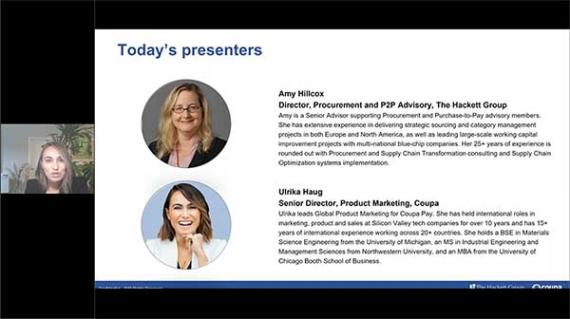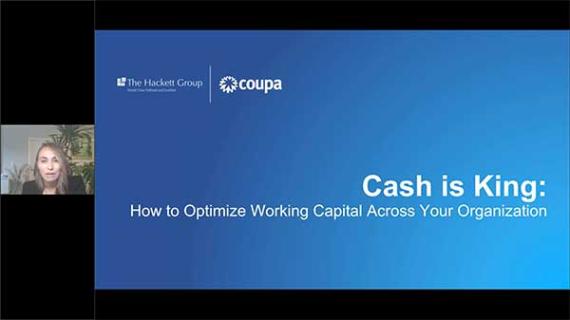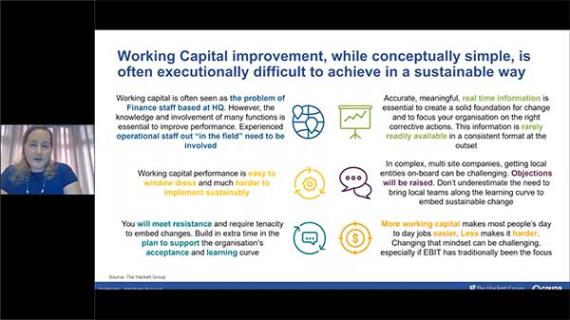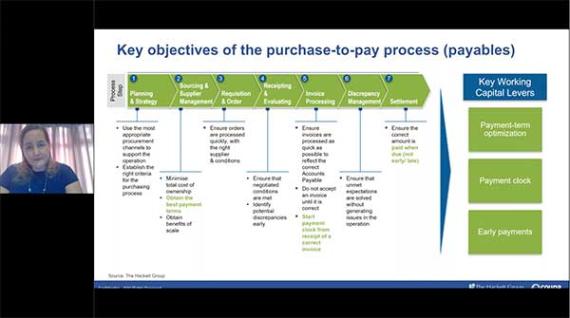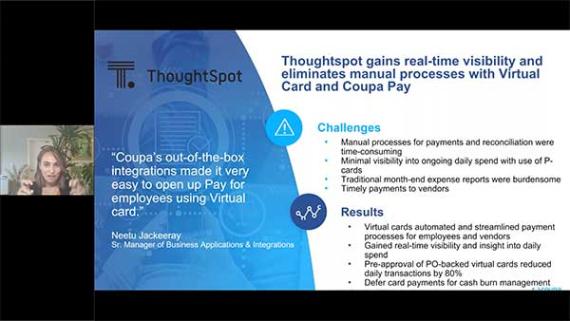Cash Is King! How to Optimize Working Capital Across Your Organization
Just when you thought your procurement and finance organizations were robust, the pandemic caused widespread disruption. One of the biggest casualties has been cash flow, both for the organization and its suppliers. In this on-demand webinar, learn how leading organizations are optimizing their cash and working capital throughout their organization and supply chain.
Relieve pressure on cash flows by optimizing working capital from Procurement to Finance
In this webinar, you’ll learn:
- Best practices for working capital management and Days Payable Outstanding (DPO)
- The impact of recent economic disruptions on working capital
- Case studies of organizations that implemented effective working capital optimization
The COVID-19 pandemic has disrupted every business across the world. Some sectors, such as grocery, have adapted. But others, such as travel and hospitality, have taken a serious hit to their incoming cash.
In this on-demand webinar, Coupa and The Hackett Group explore how enhancing purchase-to-pay processes can relieve the pressure by optimizing working capital from Procurement to Finance. Join Amy Hillcox, Director of Procurement and P2P advisory (The Hackett Group) and Ulrika Haug, Senior Director, Product Marketing (Coupa) to learn top tips to increase your working capital.


FAQ
